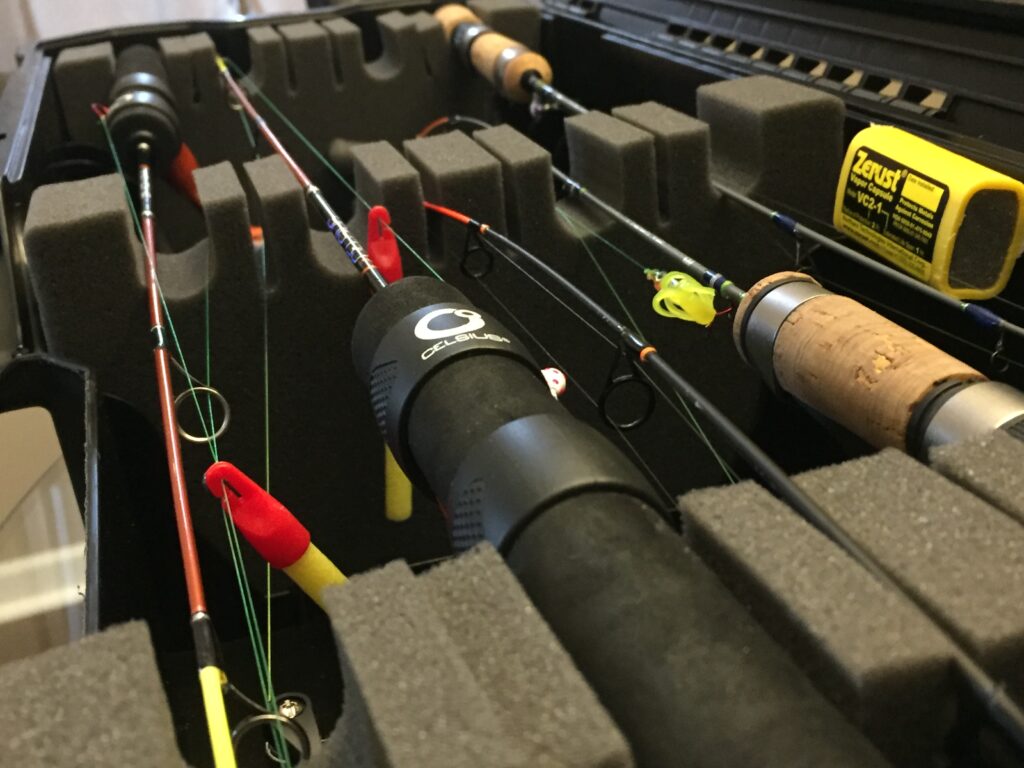
How ZERUST® Products Prevent Rust in Everyday Life
Typically, when most people think of ZERUST® products, they picture them in use on factory floors, in shipping crates, or in industrial applications. And while ZERUST® has certainly made its mark protecting large-scale metal assets around the globe, its products are equally at home in everyday life. From your garage to your gun safe, your

How ZERUST® Helps in Reducing Carbon Emissions
Sustainable VCI Solutions: A Step Toward Reducing Carbon Emissions Reducing carbon emissions is a global priority. Businesses are seeking innovative solutions to minimize their environmental impact. ZERUST®, a division of Northern Technologies International Corporation (NTIC), is leading the way with sustainable Vapor Corrosion Inhibitor (VCI) technologies. These solutions extend the life of metal components, reduce

Corrosion Prevention for Power Generation: Protecting Critical Equipment
Power generation facilities operate in harsh and demanding environments, making corrosion prevention for power generation a critical concern. Components in biomass energy plants, hydroelectric power plants, solar power energy systems, geothermal facilities, and wind power systems face continuous exposure to moisture, fluctuating temperatures, airborne contaminants, and harsh chemicals. If left unchecked, corrosion can lead to
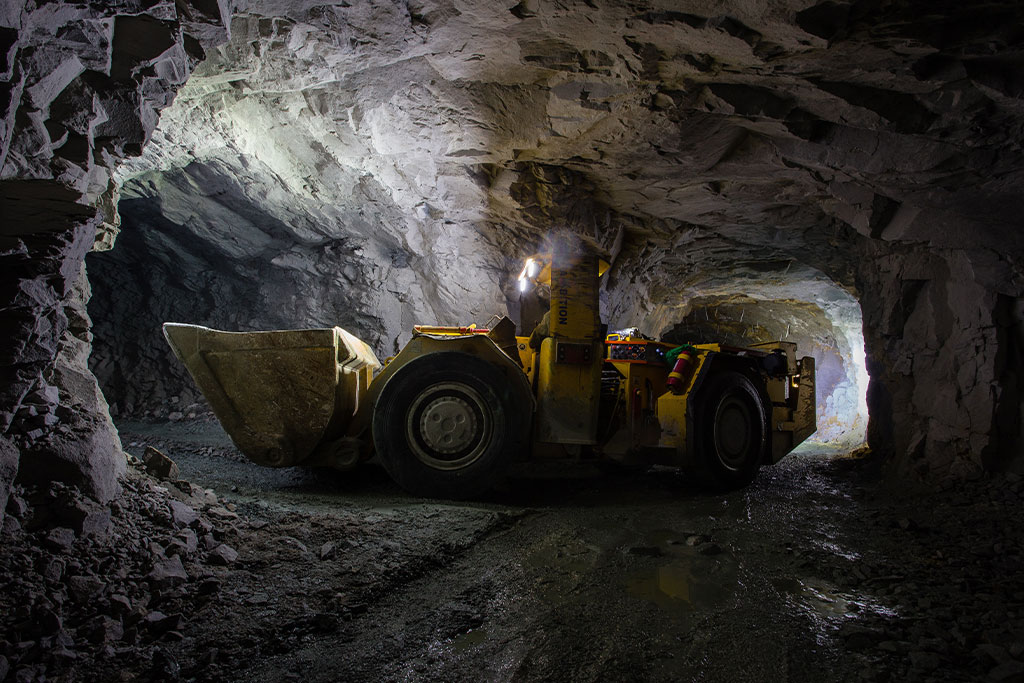
Addressing Corrosion Challenges in the Mining Industry with ZERUST® Solutions
The mining industry faces persistent challenges from corrosion, which is a natural degradation process exacerbated by harsh environments. Consequently, corrosion impacts equipment, safety, and profitability. Therefore, implementing proactive solutions is essential. In addition, this blog explores how ZERUST®’s corrosion prevention and remediation products address corrosion challenges in the mining industry. Corrosion Challenges in the Mining
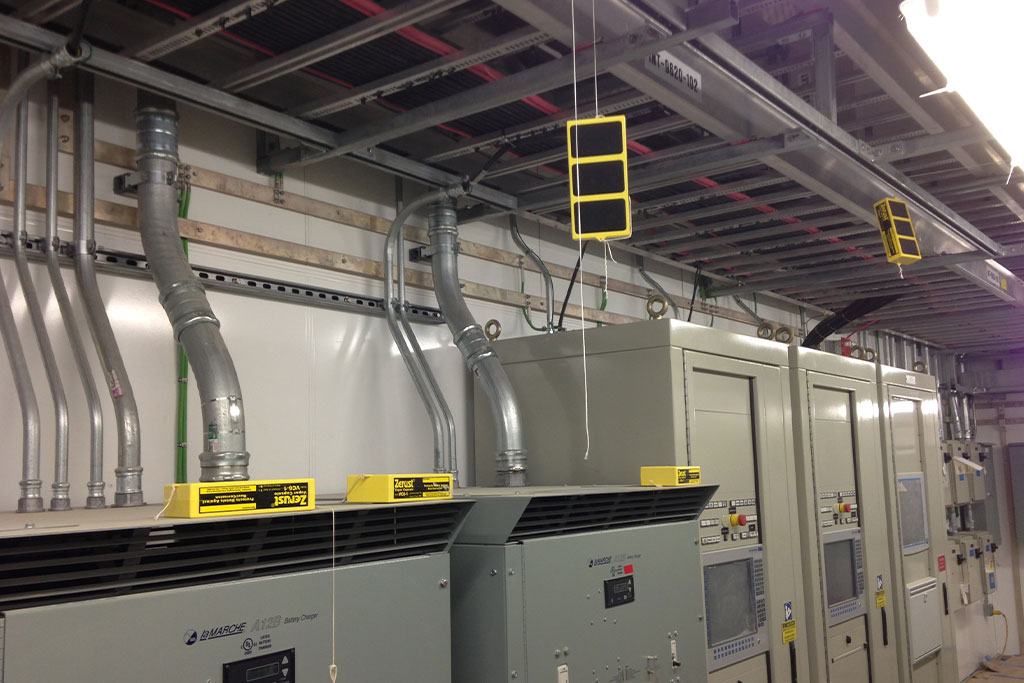
Corrosion Control for Control Rooms and Electronics: A Comprehensive Guide
Corrosion is a silent threat that plagues control rooms and electronics in industrial settings. As a result, it can cause circuitry failures, compromise equipment reliability, and ultimately lead to costly downtime. In this blog post, we’ll explore the challenges of corrosion control in control rooms and electronics and how innovative products like ZERUST® ActivDri™ Packets,
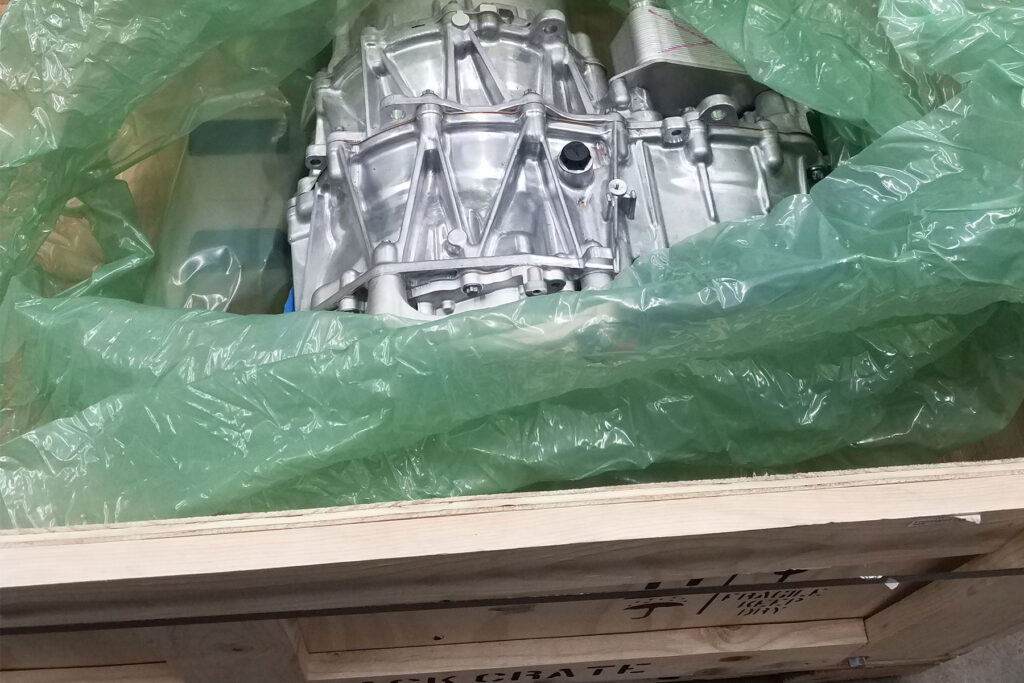
Revolutionizing the Electric Vehicle Market with VCI: Vapor Corrosion Inhibitors
Welcome to our comprehensive guide on Vapor Corrosion Inhibitors (VCI) and their transformative impact on the Electric Vehicle (EV) market. As the worldwide leaders in Vapor Corrosion Inhibitor Technology, we pride ourselves on providing our customers with comprehensive corrosion management solutions that provide our customers with rust-free results. In this blog, we will explore the
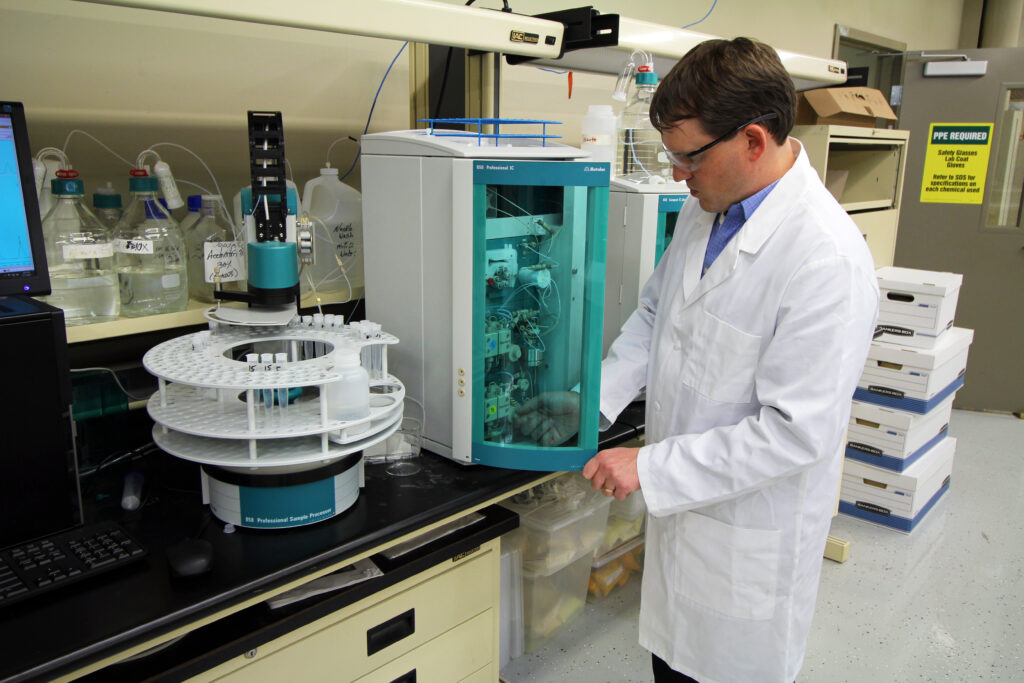
What to Do When Rust Prevention Fails?
In the manufacturing world, many companies go to great lengths to select products and processes to prevent rust and corrosion from forming on their valuable metal assets during transit and storage. They will probably incorporate volatile corrosion inhibitor (VCI) packaging, rust preventative (RP) coatings, desiccants, or some combination of them. But what happens when their
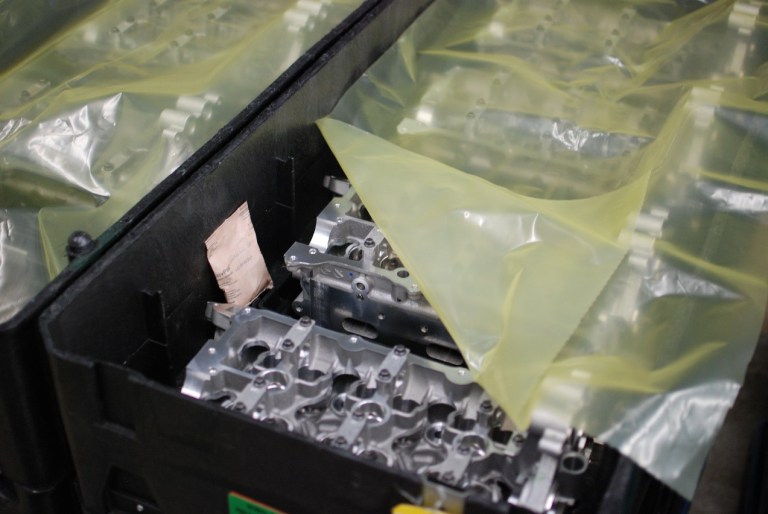
Corrosion Prevention: When to Use VCI Diffusers with VCI Packaging
Volatile Corrosion Inhibitor (VCI) Packaging is an effective way to prevent corrosion on metals. When packed correctly, VCI packaging can protect clean metals for years in shipping and storage. Typical VCI packaging products are VCI poly sheeting, VCI bags, VCI Kraft paper, and other VCI wraps. These packaging products are used to line containers or create
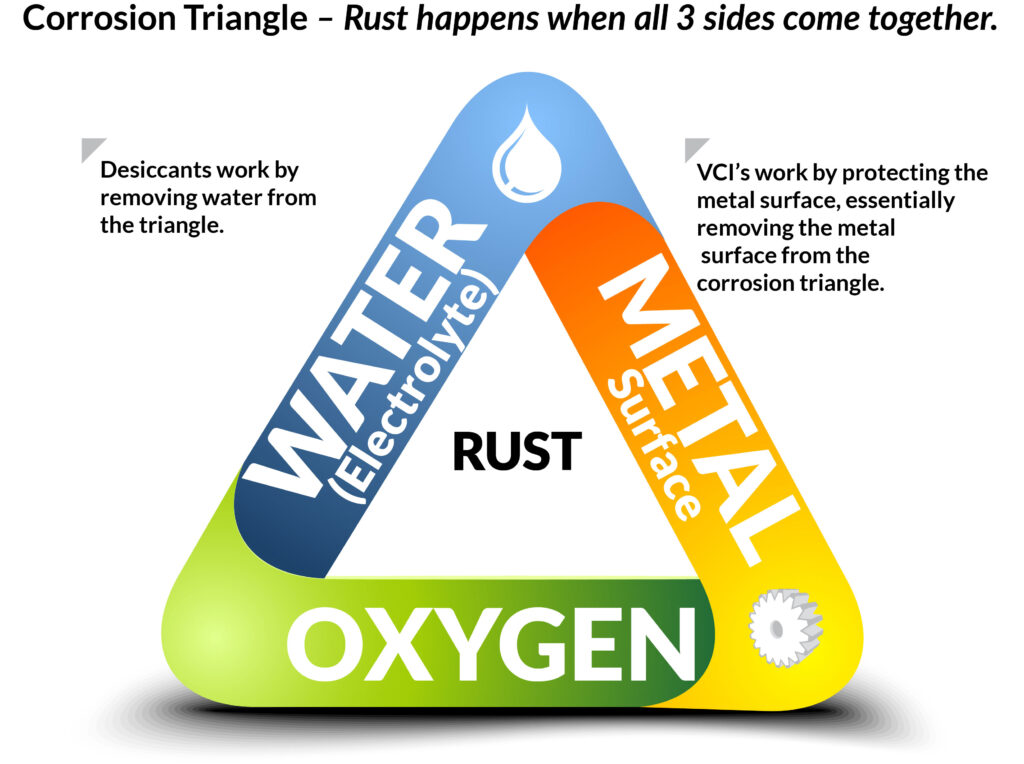
VCIs vs Desiccants. How do they Differ?
When it comes to corrosion prevention during shipping and storage, two common methods are often discussed: Vapor Corrosion Inhibitors (VCIs) and desiccants. Although both aim to protect metal surfaces, their mechanisms and ideal applications differ significantly. Understanding these differences can help you choose the most effective solution based on your specific needs, environment, and duration
